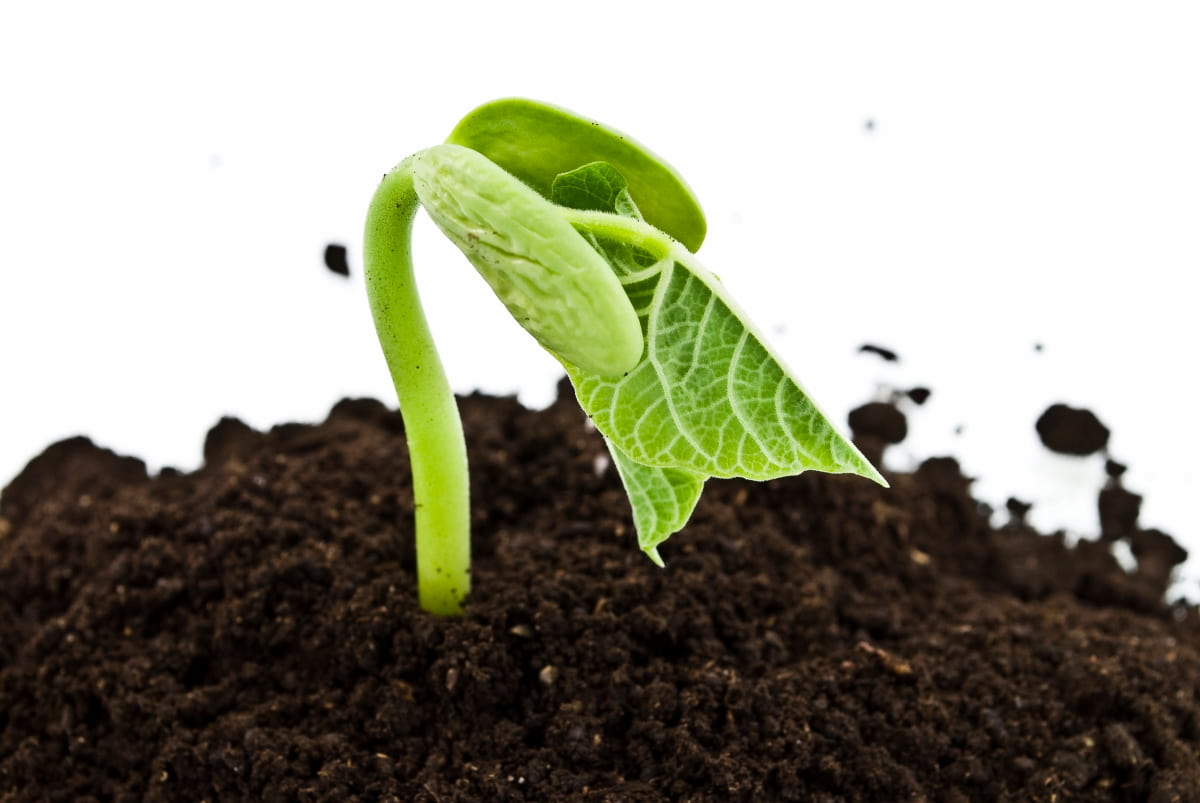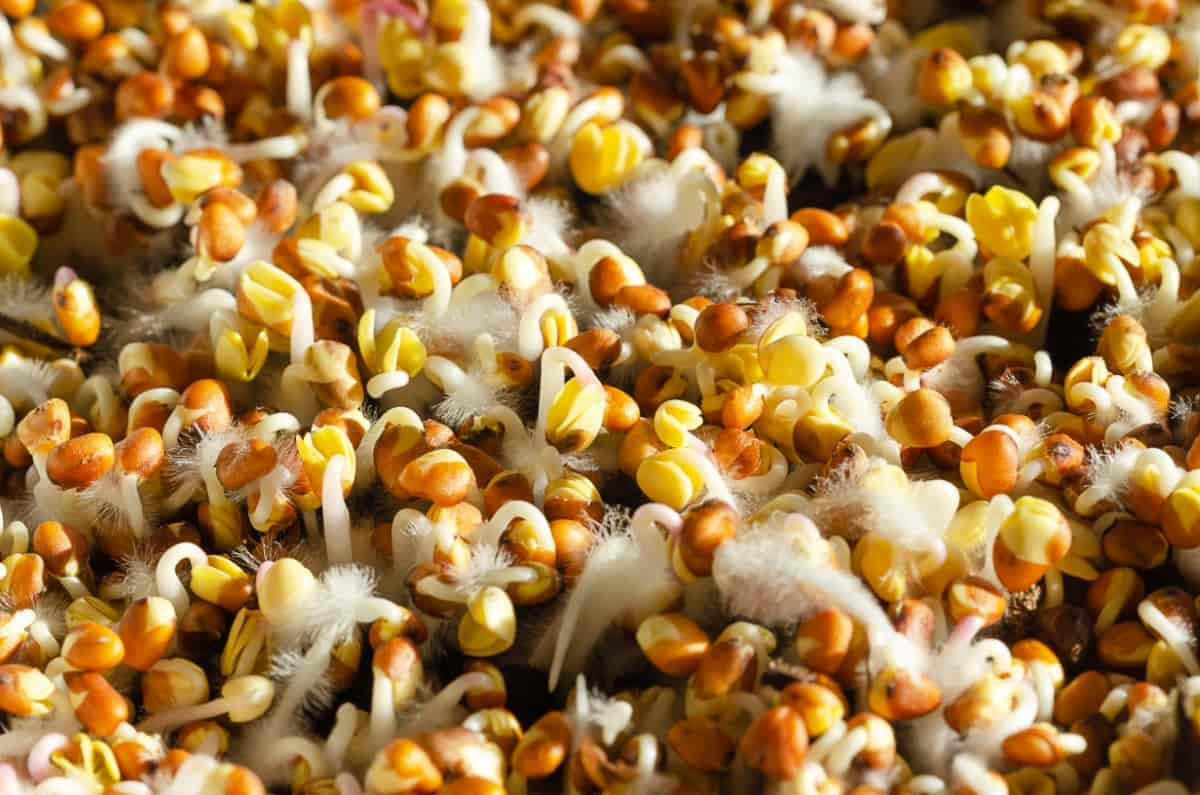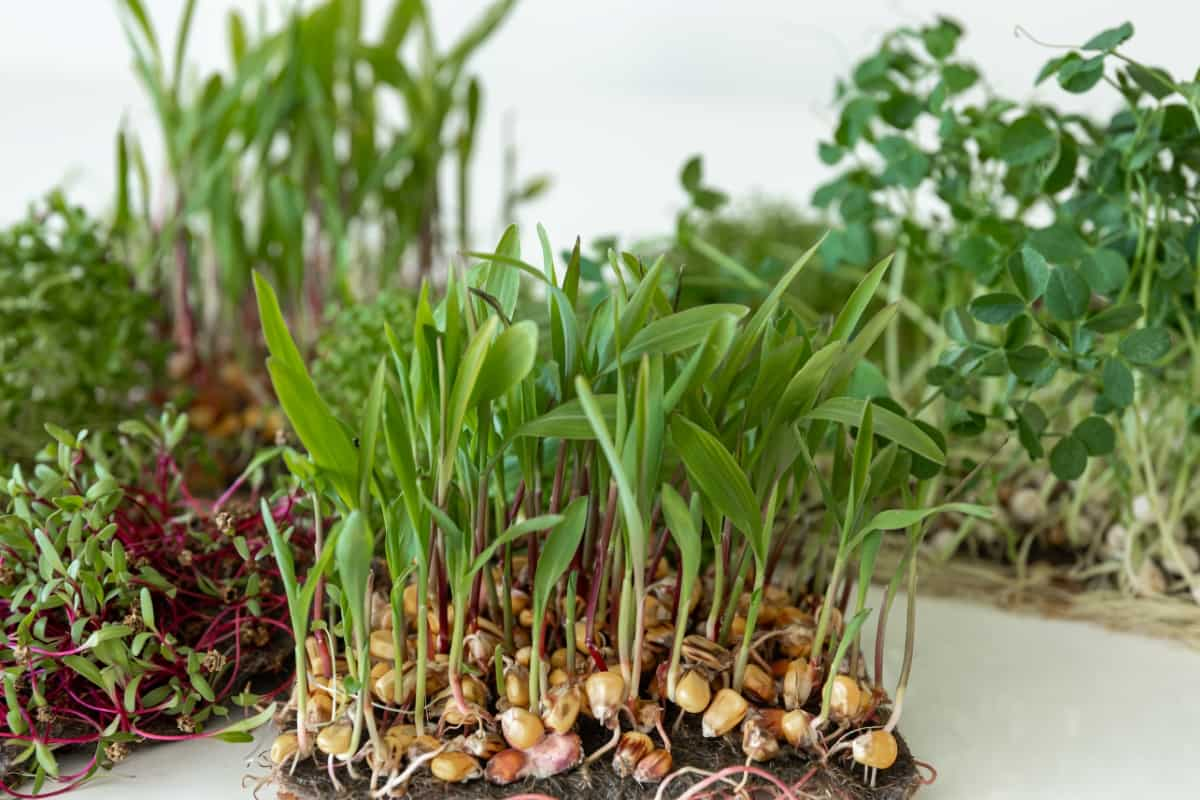Seed germination is a vital stage in the life cycle of plants, as it marks the beginning of their growth and development. The time it takes for seeds to germinate can be affected by several factors. Understanding these factors can help gardeners and farmers optimize their seed-sowing practices and improve their overall crop yield. This article will focus on some key factors affecting seed germination times.

10 Factors Affecting Seed Germination Times
Stages of Seed Germination
Imbibition: During this initial stage, the seed absorbs water, causing it to swell and activate metabolic processes. Imbibition is critical as it enables the seed to break dormancy and initiate germination.
Activation: Once the seed has imbibed enough water, it enters the activation stage. This stage involves activating enzymes and converting stored nutrients into a form the growing embryo can utilize.
Growth: As the seed embryo begins to grow, it develops a root system, known as the radicle, which anchors the plant into the ground. Simultaneously, the embryonic shoot, or plumule, emerges from the seed and grows upward, seeking sunlight.
Development: In this final stage, the plant undergoes further growth and development, expanding its root system and producing leaves. Eventually, the seedling becomes self-sufficient and capable of photosynthesis.
Why Do Seeds Germinate at Different Times?
Time is the most important factor in germination. Depending on your unique environmental factors, such as soil temperature and moisture level, different varieties of seeds germinate at different rates. For instance, Mint and lemon balm require sunlight to germinate. Most greens germinate in 4-6 days, such as lettuce, spinach, and kale. The sprouting time of herbs is about 5-10 days, like that of basil and dill.
It takes 7-10 days for root vegetables such as carrots and beets to germinate. It takes between 4-14 days for fruiting plants such as tomatoes and cucumbers to mature, depending on the variety. Sprouting is fastest in varieties like arugula, beans, and cucamelons. There are some plants that take the longest to germinate, such as peppers, parsley, and eggplant, so be patient with them!
What are the Factors Affecting Germination Time?
Internal Factors Affecting Seed Germination
Seed Quality
Seed quality plays a significant role in determining germination times. High-quality seeds are more likely to germinate quickly and uniformly compared to low-quality seeds. Several factors contribute to seed quality, including genetic factors, seed size, and seed coat integrity.
Genetic factors: Some plant varieties are naturally predisposed to faster germination, while others may have slower germination rates. Breeders and farmers often select and propagate plants with desirable germination characteristics to ensure better seed quality.
Seed size: Generally, larger seeds tend to germinate faster than smaller seeds. This is because larger seeds typically contain more stored energy reserves, enabling them to provide the necessary nutrients for germination and early growth.
Seed coat integrity: The seed coat, also known as the seed coat, protects the embryo from external factors. Seeds with intact and undamaged seed coats have a higher chance of germinating quickly.
In case you missed it: How to Grow Jackfruit from Seed: Seed Germination, Spacing, Sowing, and Care

Seed Age
The age of seeds can also affect germination times. Freshly harvested seeds generally have higher germination rates compared to older seeds. As seeds age, their viability decreases, leading to longer germination times or even failure to germinate altogether. This decline in viability is due to the gradual deterioration of the seed’s metabolic activities and the degradation of stored nutrients.
Storage conditions also play a crucial role in seed aging. Seeds stored in cool and dry conditions tend to maintain their viability longer than those exposed to high humidity or extreme temperatures. Proper seed storage practices, such as using airtight containers and cool, dark locations, can help prolong seed viability.
Seed Dormancy
Seed dormancy refers to a state in which a seed fails to germinate even under favorable conditions. It is a natural mechanism that ensures seeds do not germinate at inappropriate times or in unfavorable environments. Several factors can induce seed dormancy, such as the presence of certain chemicals or physical barriers around the seed. Some seeds require specific environmental cues, like exposure to cold temperatures, to break dormancy and initiate germination. Therefore, understanding the dormancy requirements of different seeds is essential for successful germination.
Presence of Inhibitors or Stimulators
Inhibitors, such as tannins, phenols, and certain organic compounds, can be found in plant debris or released by neighboring plants. They can create unfavorable conditions for seed germination by inhibiting water absorption or interfering with the activation of enzymes needed for germination.
In case you missed it: How to Germinate Microgreen Seeds in Paper Towel

Stimulators, on the other hand, facilitate seed germination by breaking seed dormancy or providing necessary nutrients. Hormones like gibberellins and auxins are natural stimulators promoting seed germination. Additionally, scarification, which involves physically breaking or softening the seed coat, can also stimulate germination by allowing water to penetrate the seed.
External Factors Affecting Seed Germination
Temperature
Different plant species have different temperature requirements for successful germination. Generally, seeds require a specific temperature range to break dormancy and start growing. This temperature range is often referred to as the “optimal temperature for germination.” Seeds that prefer cooler temperatures may not germinate well in warmer climates, and vice versa. Extreme temperatures, whether too high or too low, can also inhibit seed germination. Hence, maintaining the appropriate temperature range is crucial for promoting seed germination.
Moisture Conditions
Moisture is another vital factor influencing seed germination. Seeds need adequate moisture to imbibe water, which initiates the germination process. However, excessive moisture can lead to rotting or fungal infections, thereby hindering germination. The ideal moisture conditions vary depending on the plant species and the specific requirements of the seed. Some seeds require a period of dryness followed by moisture to break dormancy, while others need constant moisture. Providing the correct moisture conditions, considering factors like soil type and watering techniques, is crucial for successful seed germination.
Light Condition
Light plays a crucial role in seed germination. Some seeds require light for germination, while others need darkness. Light-sensitive seeds, such as lettuce and petunia, need exposure to light to trigger germination. On the other hand, light-insensitive seeds, like tomatoes and carrots, germinate in darkness. The presence or absence of light affects the production of certain hormones in seeds, which ultimately determines the germination time.
Oxygen Availability
Oxygen availability is another factor that affects seed germination. During germination, seeds absorb oxygen and release carbon dioxide. An adequate oxygen supply is vital for the process of cellular respiration, which provides energy for seed growth. Insufficient oxygen can lead to slower germination or even seed death. Factors such as soil compaction, waterlogging, and poor aeration can restrict oxygen availability, negatively impacting seed germination.
Soil Type and Condition
The type and condition of the soil also influence seed germination. Different seeds have specific soil requirements for optimal germination. Factors like soil texture, pH level, and nutrient content can affect the germination time. For example, sandy soils drain quickly, which may result in faster germination. In contrast, clay soils retain water and may cause delayed germination. Additionally, soil fertility and the presence of contaminants or pathogens can impact seed germination rates.
Seed Planting Depth
The depth at which a seed is planted plays a significant role in its germination time. Seeds have varying requirements for light exposure and moisture absorption. Some seeds, known as surface-sown seeds, require light to germinate. These seeds should be planted close to the soil surface, where they can receive adequate light for germination. Examples of surface-sown seeds include lettuce, petunias, and snapdragons.
In case you missed it: 10 Common Problems With Vegetable Seed Germination: Treatment and Solutions

On the other hand, some seeds require darkness to germinate. These seeds are planted deeper into the soil, where they are shielded from light. Deep-sown seeds, such as carrots, beans, and corn, rely on the soil’s moisture and temperature for germination. Planting these seeds at the appropriate depth ensures they are in the optimal environment to sprout.
Conclusion
By considering these 10 factors, gardeners and farmers can optimize the conditions for seed germination and increase their chances of successful plant establishment. Understanding the specific requirements of different seeds is crucial for achieving the desired germination times and maximizing plant growth.
- Feed Your Flock for Less: Top 10 Tips to Save on Chicken Feed
- Ultimate Guide to Ossabaw Island Hog: Breeding, Raising, Diet, and Care
- Hatching Answers: The Top 10 Reasons Your Chickens Aren’t Laying Eggs
- Eggs and Economics: Breaking Down the Cost of Raising Backyard Chickens
- Defend Your Greens: Proven Methods to Keep Iguanas Out of Your Garden
- Ultimate Guide to Cinnamon Queen Chicken: A Comprehensive Guide for Beginners
- Ultimate Guide to California Tan Chicken: Breeding, Raising, Diet, Egg-Production and Care
- Ultimate Guide to Marsh Daisy Chicken: Breeding, Raising, Diet, and Care
- 10 Types of Chicken Farming Businesses You Can Start for Profits